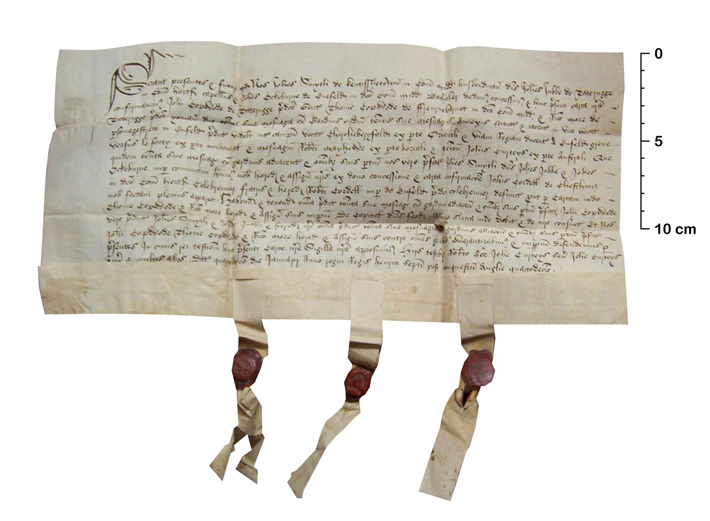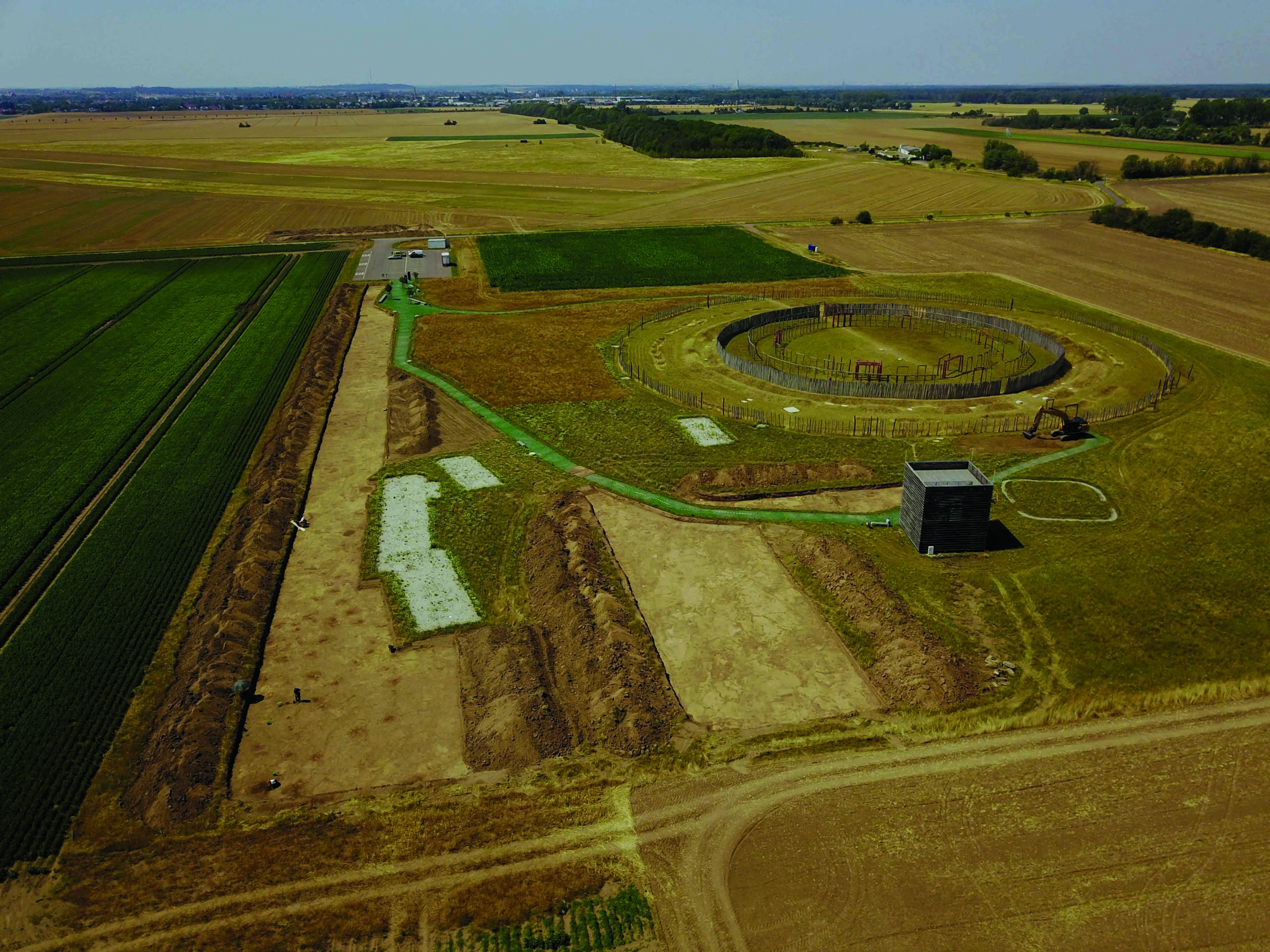
EXETER, ENGLAND—A new study of British legal documents dating from the thirteenth through the twentieth centuries indicates that most of them were written on parchment containing sheepskin, according to a Science News report. Sean Doherty of the University of Exeter said that 30 to 50 percent of the weight of sheepskin is fat, and when that fat is removed from the skin by submerging it in lime, the resulting parchment has bigger gaps between its layers than parchment made from the leaner skins of other animals. Alterations made to sheepskin documents can detach and shift these layers, making the changes more noticeable, Doherty explained. Sheepskin parchment may have been widely used in legal documents, he added, in order to prevent fraud. For more on the study of parchment documents, go to "The Hidden Stories of the York Gospel."










